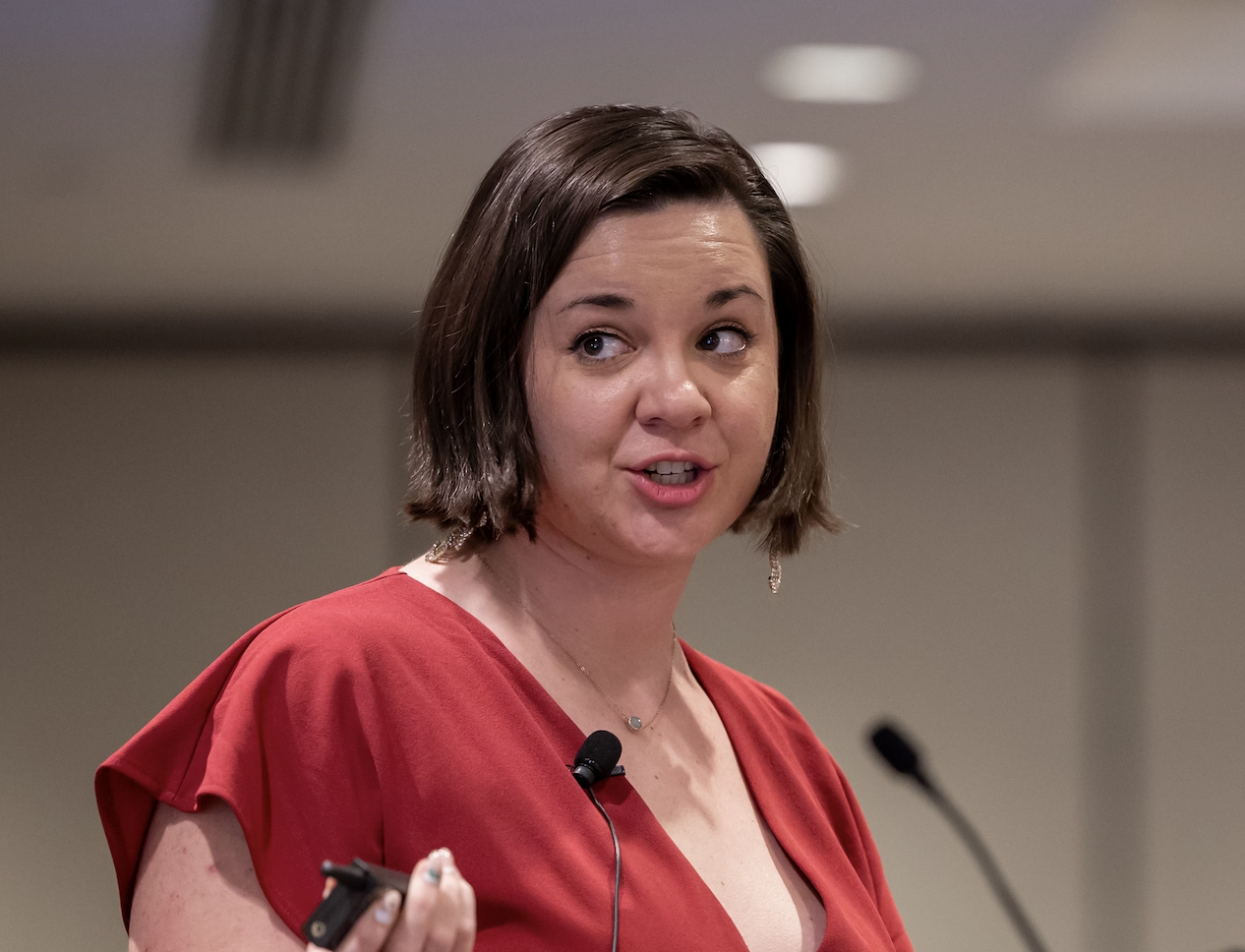Practical Financial Management: Build A Three-Month Buffer
Consultant Brooke Benson discusses the importance of setting aside a 90 buffer to cover expenses during slow seasons.

I used to let unpaid invoices run my life. Rent day was a coin toss, and I spent way too much energy stressing instead of creating. The fix wasn’t more hustling, I simply made a non-negotiable pact with myself: get three months ahead of bills – full stop.
Today, late payments still happen (showbiz gonna showbiz), but they no longer decide whether I can pay rent or take a day off. Here’s the system I use and teach to other solopreneurs and self-employed entrepreneurs so they can buy the same peace of mind.
Calculate Your Two Baselines
- Business Baseline: Average monthly operating costs (software, contractors, taxes, etc.).
- Personal Baseline: Rent or mortgage, groceries, utilities.
Clarity is power. You can’t protect what you haven’t counted.
Triple Those Numbers
Take each baseline and multiply by three. That’s the amount you’ll keep on standby:
- Business Reserve: 3 × Business Baseline
- Personal Emergency Fund: 3 × Personal Baseline
Keep these two funds separate so business slowdowns don’t spill into your personal life (and vice-versa).
How to Maintain It
- Automate from Day One: I use my bank’s Reserve feature to automatically transfer 25% of every payment straight into the buffer. If your income swings a lot like mine does, percentages (rather than flat amounts) helps keep your savings flexible.
- Treat Savings Like Rent: Pay your buffer before you take profit. High-earning month? Great—your future self gets a raise.
- Sweep the Surplus: At month-end, anything above your baseline goes straight into the buffer. Small, steady sweeps build momentum fast.
Non-negotiables
- Your Buffer isn’t a Piggy Bank: Touch it only for true emergencies that you have defined beforehand.
- Top-up before you trade-up: Want that new camera lens? Great! Make sure you refill your Buffer afterwards.
- Quarterly Check-in: Recheck your baselines every quarter. Expenses creep up, and your buffer should keep pace.
If you keep this advice in mind, it won’t be long before you have a 90-day buffer, one that will shield you from income dips, and give you space to breathe even when the season is slow.
The goal isn’t perfection. Every step you take toward that buffer, every automatic transfer, every month you sweep a little extra aside, you’re one step closer to peace-of-mind.
Three months ahead means three months of peace. A buffer allows you to seize the good surprises: discounted gear, dream conferences, or a pivot that needs upfront capital. It buys you time to think strategically instead of reacting desperately. This content is for informational purposes only and is not intended to be relied upon as legal, financial, or accounting advice. Please consult your own professional if you have any questions
Stay Connected with Brooke
Brooke Benson is a thriving artist, money coach, and business owner in New York City, on track to retire as a multi-millionaire. Her company, Not Starving Artists, empowers creatives, neurodivergents, service providers, & small business owners to become financial CEO’s of their life, business, and career.
.png)
